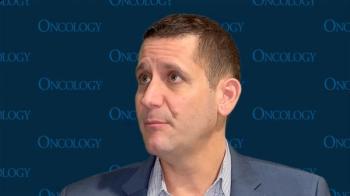
Mechanistic treatment benefits were observed in the phase 2 STEM trial for patients with multiple myeloma.

Your AI-Trained Oncology Knowledge Connection!


Mechanistic treatment benefits were observed in the phase 2 STEM trial for patients with multiple myeloma.
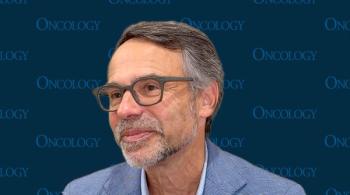
Data from a retrospective cohort study showed that one-fifth of patients with multiple myeloma received bispecific antibodies in rural community settings.

Being able to treat patients with cevostamab who have multiple myeloma after 1 to 3 prior lines of therapy vs 4 lines may allow for better outcomes.

The median OS among patients with triple-class–exposed relapsed/refractory multiple myeloma with or without EMD was 12.6 months vs 36.4 months.
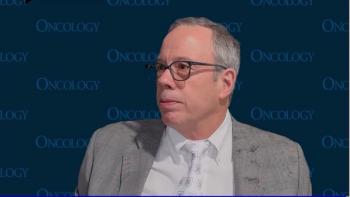
Using the monitoring of symptoms and quality of life platform may provide a quick and efficient system for patients to submit outcome data.
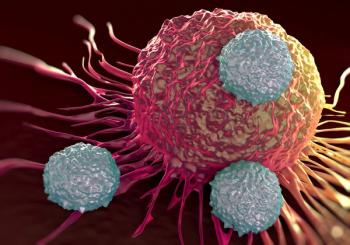
The 6- and 12-month PFS rates were 76.4% and 68.2%, respectively, in patients with relapsed/refractory multiple myeloma who discontinued treatment with teclistamab early.
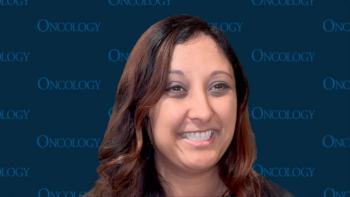
Current FDA expectations may allow patients to return to their community physicians at 2 weeks after administration of anitocabtagene autoleucel.

Most CRS events were low grade with elranatamab plus daratumumab and lenalidomide without prophylactic tocilizumab in patients with multiple myeloma.
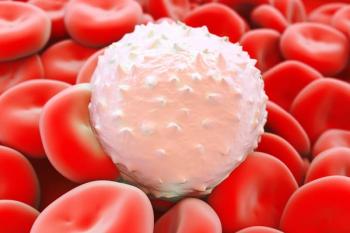
Data from the phase 1b MonumenTAL-2 study support continued investigation of talquetamab/pomalidomide in the phase 3 MonumenTAL-6 trial.
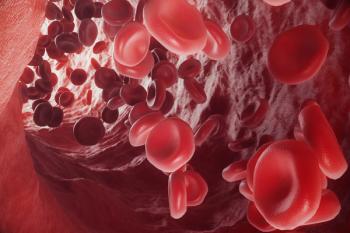
Belantamab mafodotin plus pomalidomide and dexamethasone led to a median PFS of 32.6 months in patients with relapsed/refractory multiple myeloma.
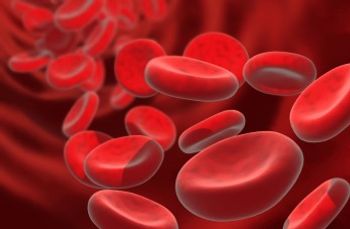
Of the 4 patients with relapsed/refractory multiple myeloma who received KLN-1010, 1 complete response and 3 partial responses were achieved at varying levels of MRD sensitivity.
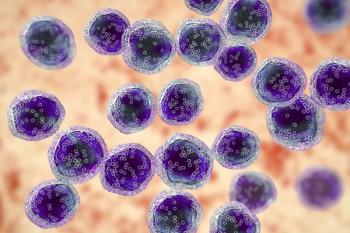
Phase 2 data support further evaluation of frontline BCMA/CD3 bispecific antibody combinations in phase 3 trials.

Based on its mechanism of action, anito-cel may cause fewer instances of cytokine release syndrome and delayed toxicities vs other therapies.

Teclistamab plus subcutaneous daratumumab yielded significant improvement in efficacy for patients with R/R multiple myeloma.

Linvoseltamab monotherapy achieved minimal residual disease negativity in 95% of patients with newly diagnosed multiple myeloma.

Talquetamab plus teclistamab led to an ORR and CR or better rate of 79% and 53%, respectively, in multiple myeloma with true extramedullary disease.
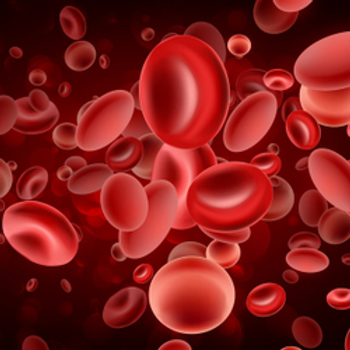
Results from the CAMMA 3 trial showed that subcutaneous cevostamab achieved a 52.0% ORR in BCMA-naive relapsed or refractory multiple myeloma.

Gintemetostat plasma concentrations increased with dosing across all 9 dose levels tested in a phase 1 study.

Results from the MagnetisMM-30 trial showed early ORR data with elranatamab/iberdomide in R/R multiple myeloma.
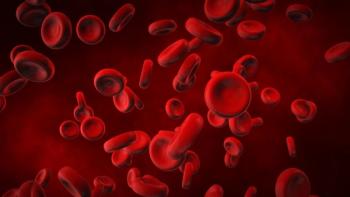
Outcomes were comparable in the transplant-ineligible population, with KRd and VRd producing identical progression or death rates of 30%.
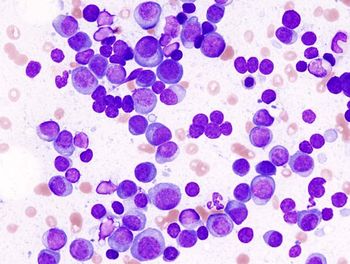
The 2.5 year progression-free survival rate was 80.5% with cilta-cel for this population, suggesting a potential cure fraction.

Giving cilta-cel in earlier lines of therapy leverages stronger baseline immune health and a more favorable TME to deliver enhanced clinical outcomes.
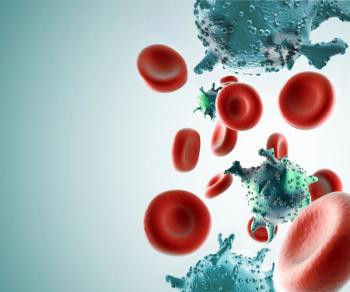
Elevated LDH levels were associated with worse PFS and OS outcomes in patients with relapsed/refractory multiple myeloma treated with elranatamab.

Anito-cel produced no delayed or non–immune effector cell–associated neurotoxicity syndrome among patients with multiple myeloma.

Arlo-cel yields responses among patient subgroups, including those with triple class–refractory disease and extramedullary disease.

An isatuximab-based quadruplet yields significant long-term benefits regardless of subsequent maintenance in in patients with transplant-eligible NDMM.

Real-world data show that CAR T-cell therapy may be considered for eligible patients with relapsed/refractory multiple myeloma harboring CNS involvement.

Lisaftoclax with pomalidomide and dexamethasone elicited positive efficacy and safety outcomes in relapsed/refractory multiple myeloma.

In patients with lens-refractory multiple myeloma, cilta-cel generated deeper minimal residual disease rates across all patient subgroups.
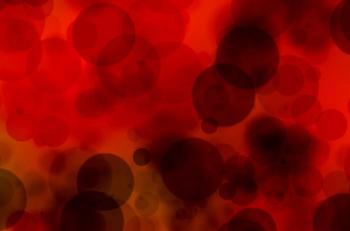
Pelabresib and ruxolitinib combination maintains consistent reduction of symptoms and anemia in patients with myelofibrosis.